Seongsim Arts & Crafts (청원산방-성심예공원)
1.9Km 2019-10-02
27, Bukchon-ro 6-gil, Jongno-gu, Seoul-si
+82-2-715-3342
Créé en 1981 à Samcheong-dong, Seongsim Yeogongwon est un studio d’art établi par Sim Yong-sik, qui a été désigné trésor culturel immatériel par la ville de Séoul. Il travaille sur diverses fenêtres et portes traditionnelles avec ses étudiants, et en fait la promotion en Corée et dans d’autres pays. Dans la terminologie des Hanoks, le « daemokjang » désigne la charpente de base d’une maison, alors que le « somokjang » se réfère aux portes, fenêtres et autres qui ajoutent quelque chose à la charpente. On trouve des portes et des fenêtres magnifiquement décorés partout dans la maison Seongsim Arts & Crafts : des portes qui peuvent être pendues au mur, des fenêtres décorées de fleurs de cerisier, des fenêtres en forme de peigne, et bien d’autres.
Les visiteurs peuvent également admirer de très belles oeuvres d’art à l’occasion de diverses expositions organisées à Seongsim Yegongwon. L’entrée est gratuite.
Oliva Garden (올리바가든)
2.0Km 2021-05-11
16, Jahamun-ro, Jongno-gu, Seoul
+82-2-733-3056
It is an Italian restaurant featured in a popular Korean drama. The best menu at this restaurant is steak. This Korean dishes restaurant is located in Jongno-gu, Seoul.
Seochon Chingune (서촌친구네)
2.0Km 2021-03-18
32, Jahamun-ro 1-gil, Jongno-gu, Seoul
+82-2-720-4763
A Seafood specialty restaurant located in Jongno-gu, Seoul. A restaurant serving a variety of seafood dishes. The most famous menu is steamed clams.
Ground Seesaw Seochon (그라운드시소 서촌)
2.0Km 2023-01-16
18-8, Jahamun-ro 6-gil, Jongno-gu, Séoul
Le complexe culturel Ground Seesaw se trouve à Seochon dans l'arrondissement de Jongno-gu, un endroit où l'histoire, l'art et la culture se rencontrent. Le lieu a été créé par Media N Art, une société de production d'expositions, et conçu par le cabinet d'architecture SoA et l'entreprise paysagiste Loci Studio. Nous vous invitons à découvrir Ground Seesaw pour découvrir une variété d'expositions.
Manga (만가)
2.0Km 2021-03-26
103-19, Sajik-ro, Jongno-gu, Seoul
+82-2-720-5797
This is a restaurant that sells grilled eel, which is known as a health food. This Korean dishes restaurant is located in Jongno-gu, Seoul. The representative menu is grilled eel.
Galerie Simon (갤러리 시몬)
2.0Km 2021-02-16
20, Jahamun-ro 6-gil, Jongno-gu, Seoul-si
+82-2-549-3031
Depuis son ouverture en avril 1994, la Galerie Simon a organisé exclusivement des expositions planifiées basées sur invitation. Il s’agit d’expositions de travaux d’artistes expérimentés ainsi que d’artistes en herbe.
Baengnyeon Tojong Samgyetang (백년토종삼계탕)
2.0Km 2021-03-24
41, Bukchon-ro, Jongno-gu, Seoul
+82-2-747-5535
This is the place featured on the Michelin Guide. This Korean dishes restaurant is located in Jongno-gu, Seoul. The representative menu is ginseng chicken soup.
Igamyeonok (이가면옥)
2.0Km 2021-03-18
33, Jahamun-ro, 1-gil, Jongno-gu, Seoul
+82-2-3210-3337
A cold buckwheat noodles specialty restaurant located near Gyeongbokgung (Government Complex-Seoul) Station in Seoul. Hamheung-style naengmyeon (Korean cold noodle) restaurant. The most famous menu is cold buckwheat noodles with raw fish.
Rivière Cheonggyecheon (청계천)
2.0Km 2024-05-16
Changsin-dong, Jung-gu, Seoul
+82-2-2290-6114
La place Cheonggye est située à Sejong-ro au départ de la rivière Cheonggyecheon (batiment Dong-A Ilbo) jusqu'au pont Sindapcheolgyo. Elle mesure à peu près 160 m de long sur 50m de large avec une belle fontaine, une cascade artificielle et une réplique miniature de la rivière Cheonggyecheon sur le sol. On trouve aussi des affiches et des commentaires détaillés sur les 22 ponts qui enjambent la rivière ainsi qu'un certain nombre de fontaines qui décorent le site.Toute cette zone commémore le projet de restauration de la rivière et symbolise l'harmonie, la paix et l'unité.
Suite à la validation du projet de restauration de la place Cheonggye, le gouvernement métropolitain de Séoul a réduit considérablement le traffic routier dans cette zone, offrant ainsi plus d'espaces de loisirs pour les piétons. Depuis lors, les zones riveraines de Cheonggyecheon et des rues environnantes sont devenues des lieux populaires pour se rafraîchir et rechercher la tranquilité. La fontaine “bougie” est l'installation vedette de ce site. Elle est composée de trois appareils d'éclairages différents et s’élève à 4 mètres de haut. L'installation est notamment composée de 8 rochers en provenance des 8 provinces du pays.
La place Cheonggye est particulièrement belle la nuit. En effet, les visiteurs peuvent admirer le spectacle fantastique de la lumière et l'eau même la nuit.
Nolbu Budaejjigae Cheolpangui Eulji-ro 6ga(놀부부대찌개 철판구이 을지로6가)
2.0Km 2020-11-25
6 Eulji-ro 44-gil Jung-gu Seoul
+82-2-2264-7738
It is the largest chain of Budaejjigae (spicy sausage stew) franchises in Korea. The best menu at this restaurant is sausage stew. This Korean dishes restaurant is located in Jung-gu, Seoul.
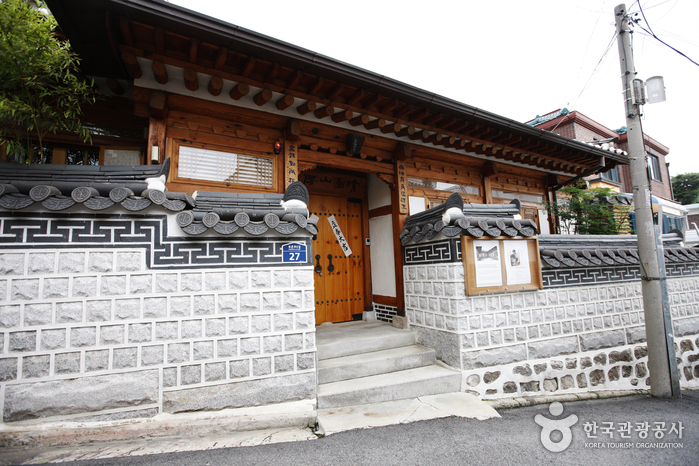
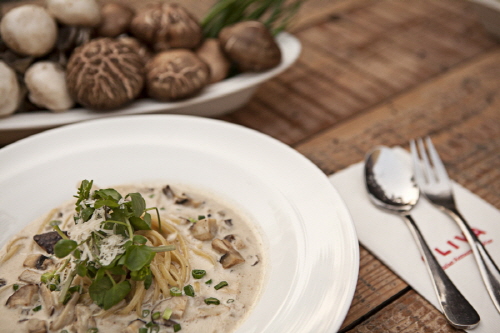
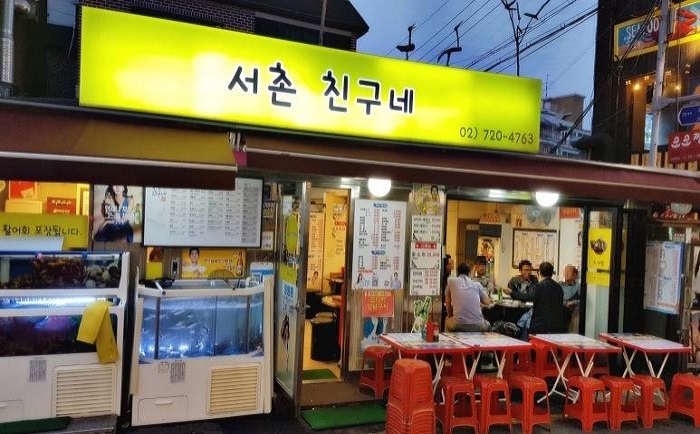

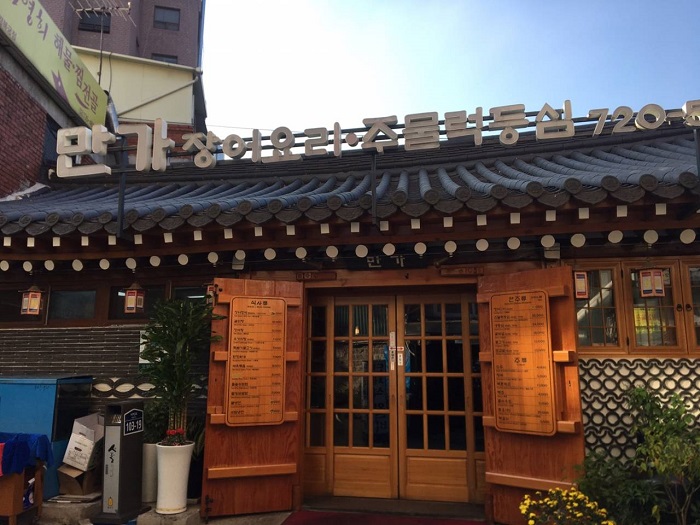
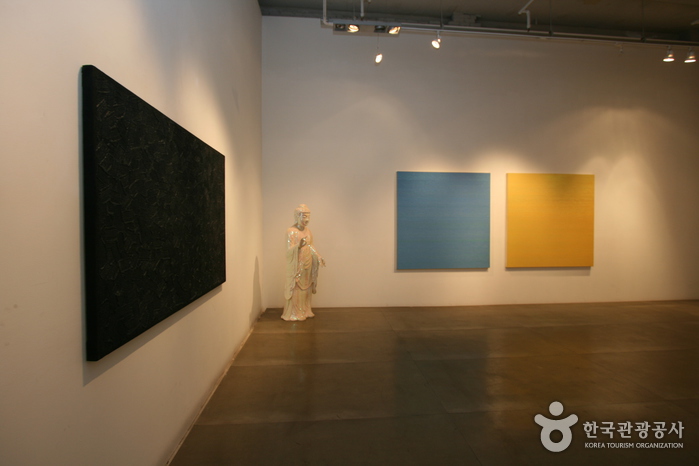
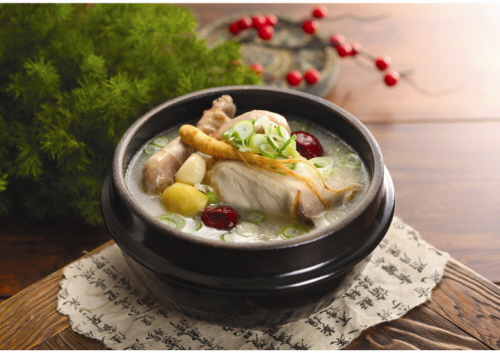
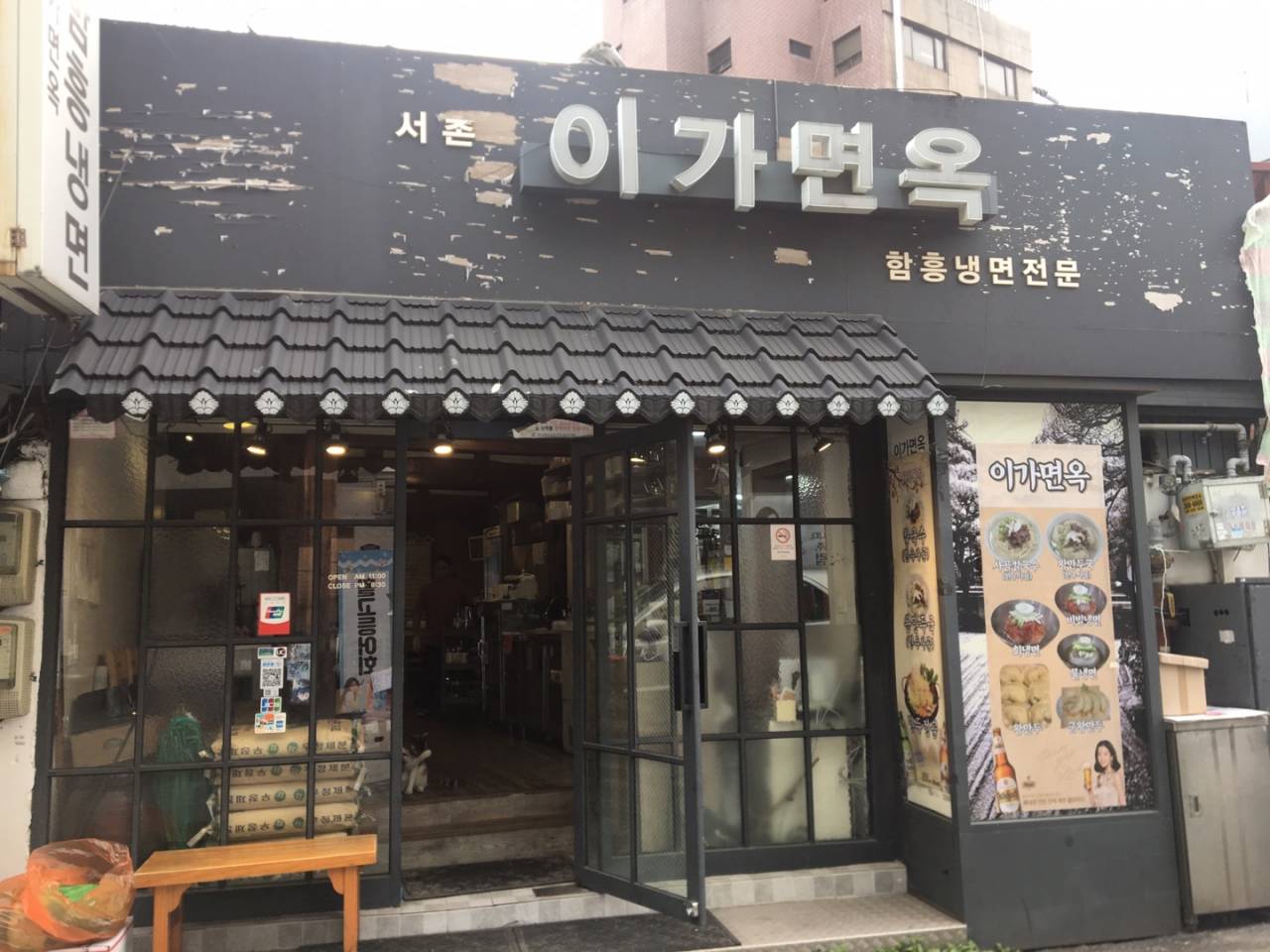
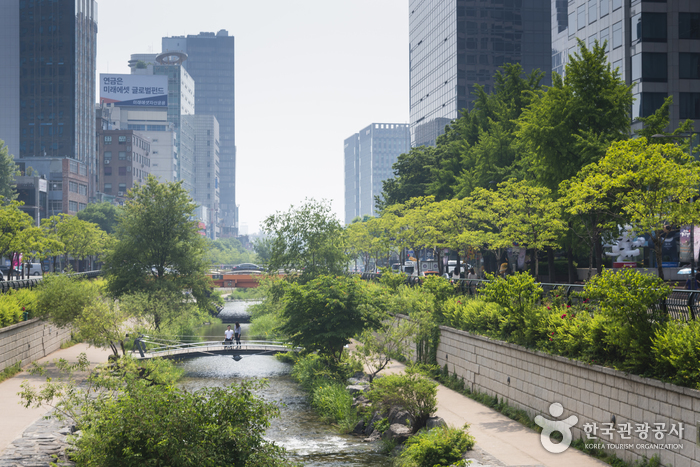
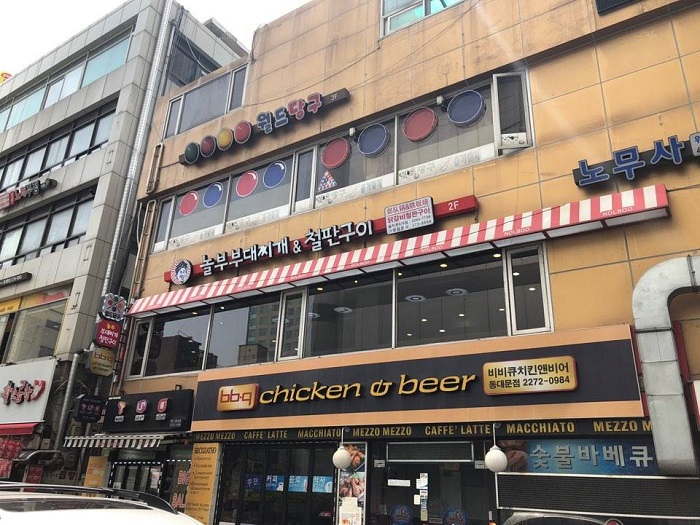
 Français
Français
 한국어
한국어 English
English 日本語
日本語 中文(简体)
中文(简体) Deutsch
Deutsch Español
Español Русский
Русский